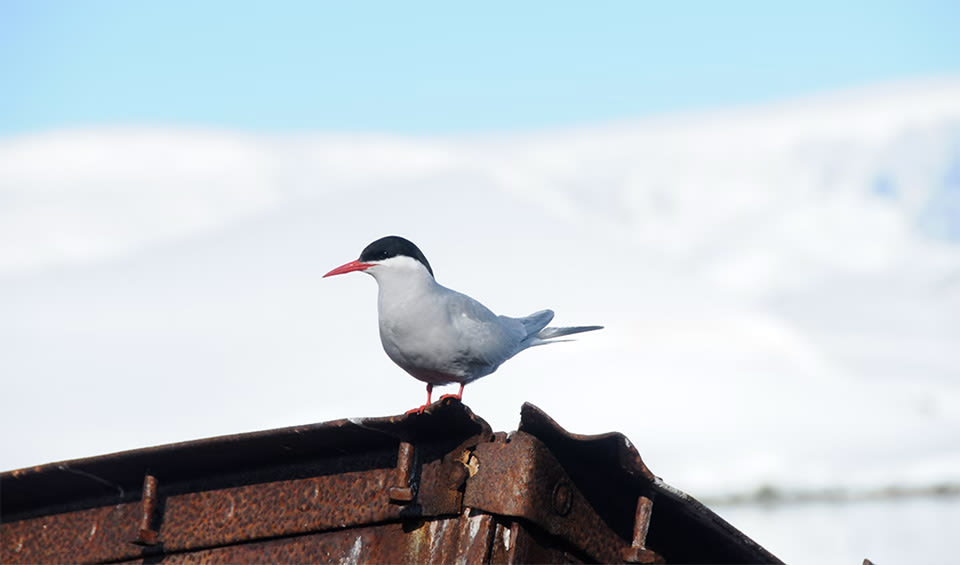Sterna – Terns
Every species in this genus looks sharp in a black cap during the winter
Terns are often mistaken for gulls due to their similar size and some shared habits. However, terns are generally slimmer, more graceful in flight, and can be distinguished by their long, pointed wings and forked tails. They are also more aerial and less likely to be seen walking on the beach than gulls.
All tern species typically sport a sleek white plumage with a contrasting black cap during the breeding season. The black cap usually extends from the bill over the top of the head down to the nape, giving it a distinctive appearance. In many species, this black cap becomes flecked with white or completely white outside of the breeding season, which can help camouflage them in their winter environments.
Terns are highly adapted for an aerial lifestyle. Their flight is buoyant and includes frequent changes of direction and speed. These adaptations make them efficient at hunting fish, which they do by hovering over water and diving headfirst to catch their prey.
Among the tern family, the Arctic Tern is renowned for its long migratory journeys, traveling between Arctic breeding grounds and the Antarctic each year. This migration is one of the longest in the animal kingdom, ensuring that the Arctic Tern sees more daylight than any other creature on Earth.
The breeding behavior of terns is also notable. They often form large colonies on isolated islands or undisturbed coastal areas. The nests are usually simple scrapes in the ground, and both parents share the responsibility for incubating and feeding the chicks.
Species in this genus
Arctic tern
This bird can give any cross-country runner a run for their money
Common tern
This bird holds the record of the longest distance flown by any bird in recorded history



